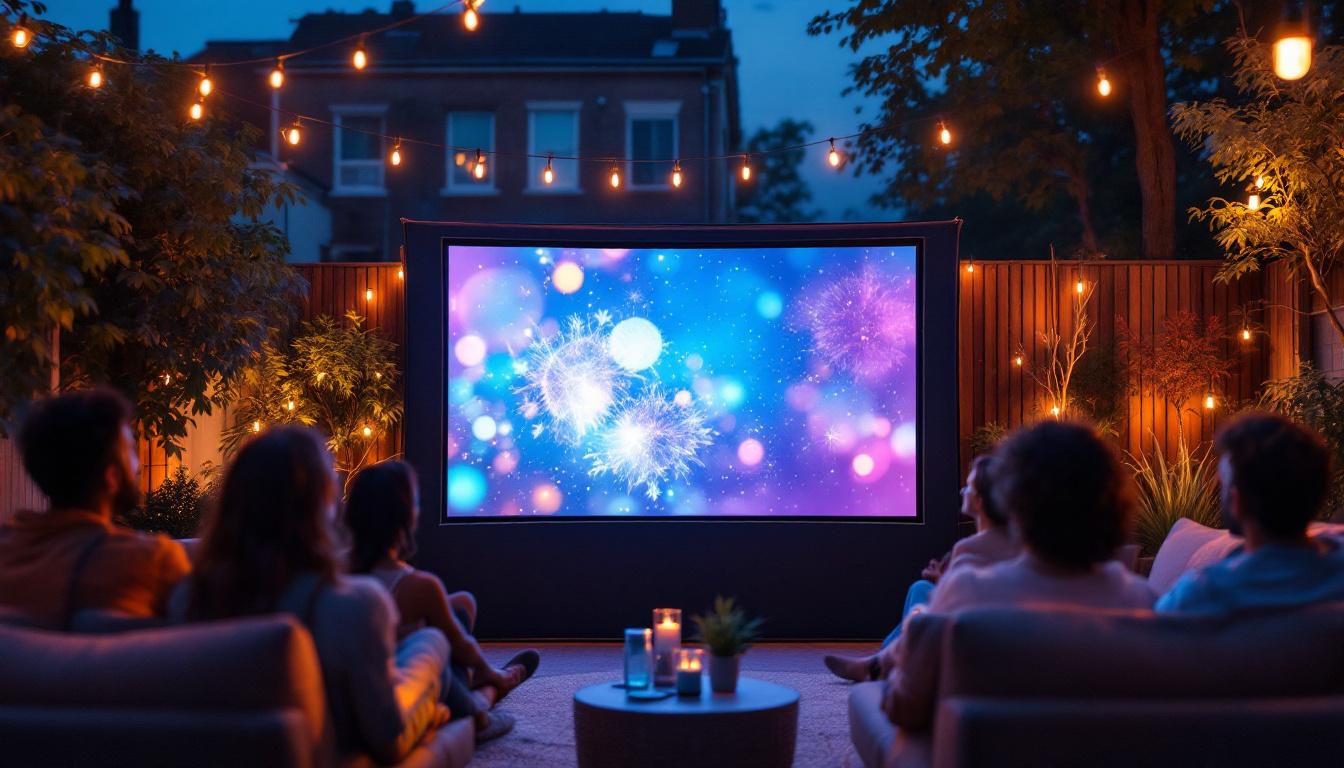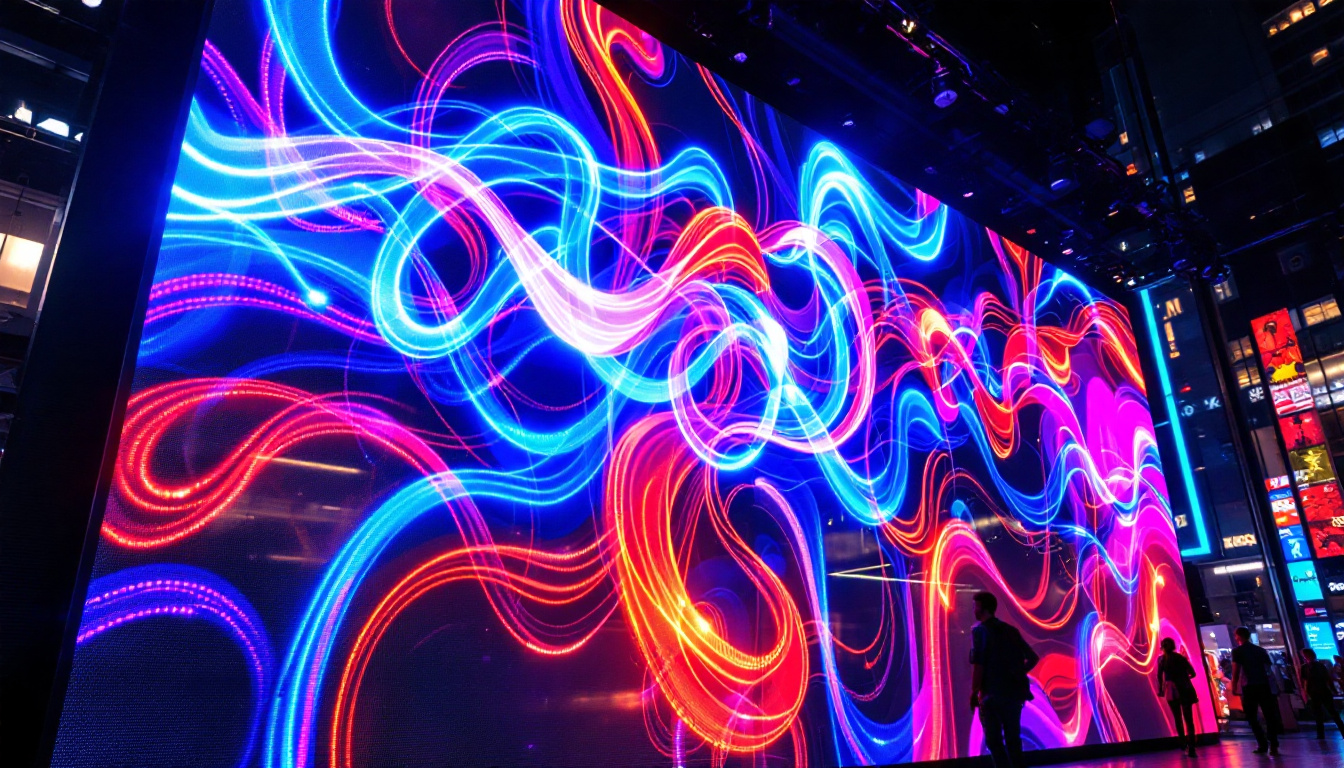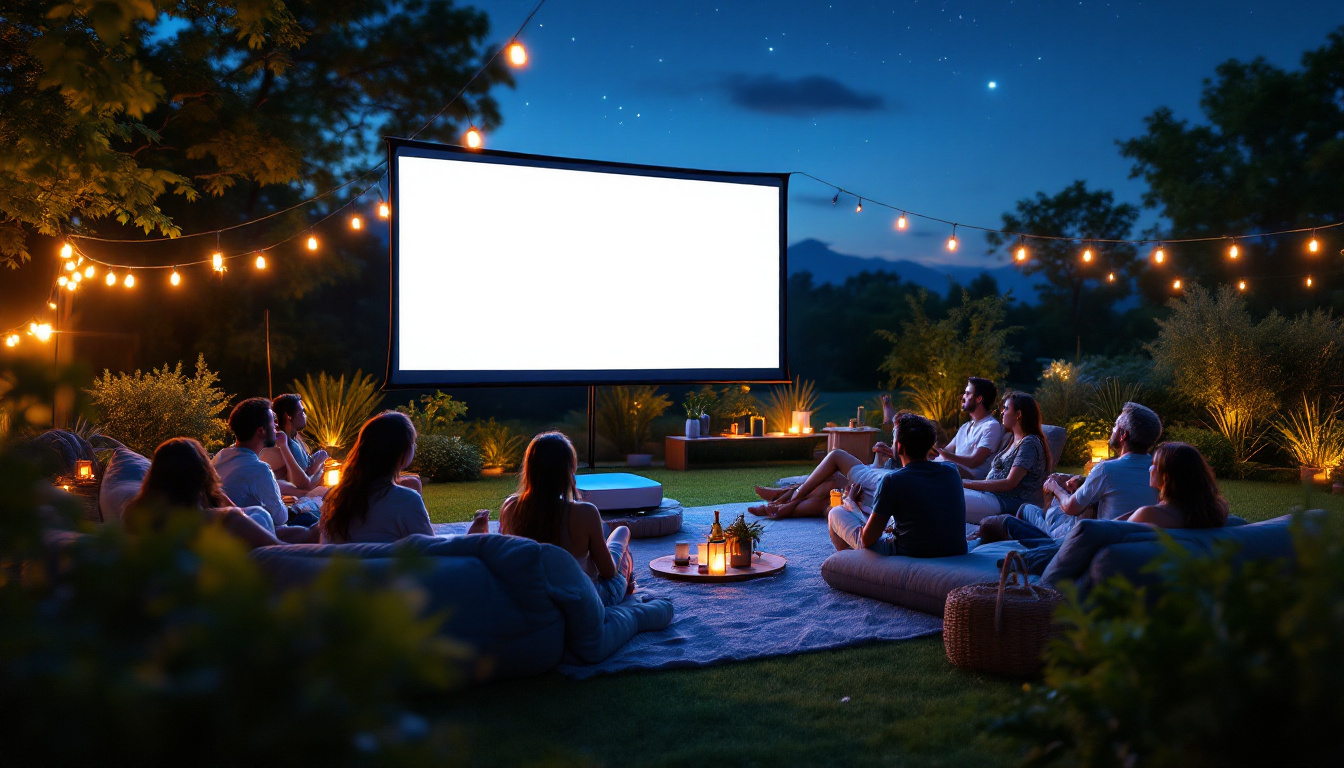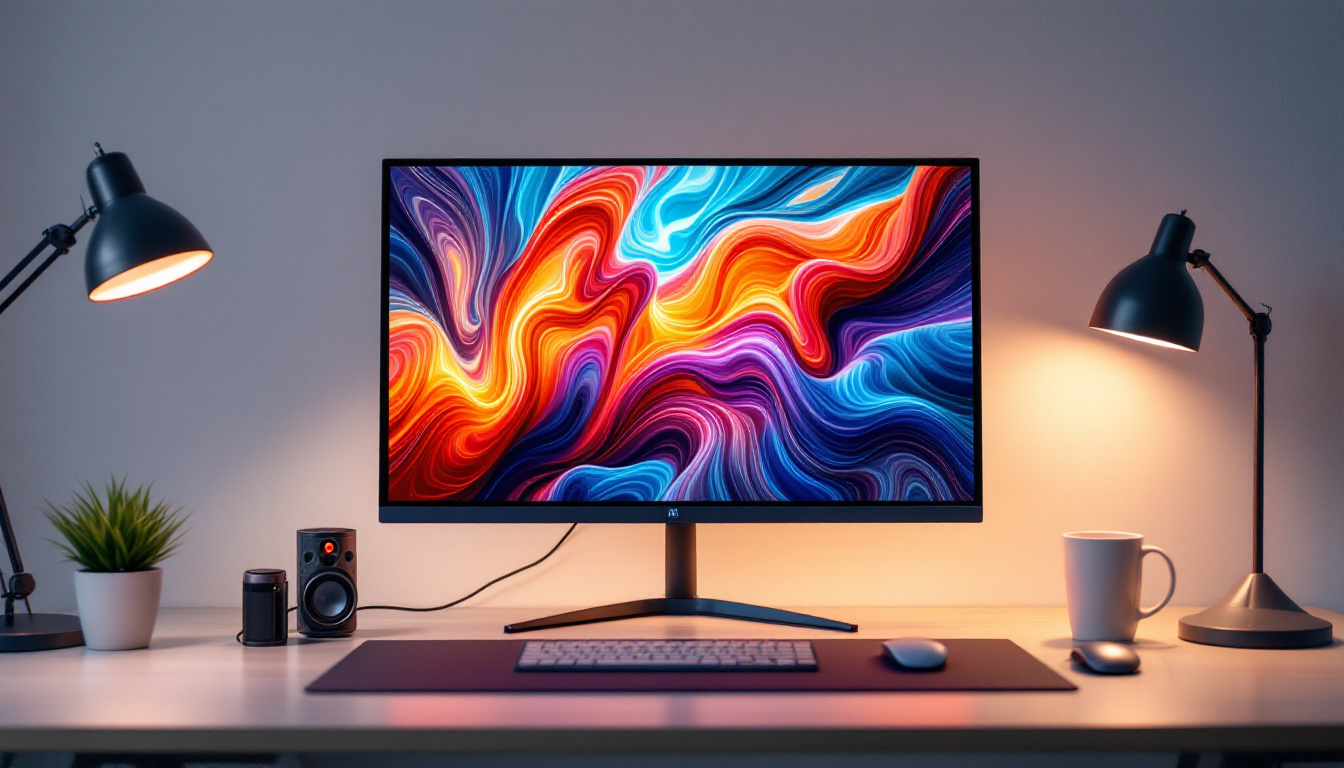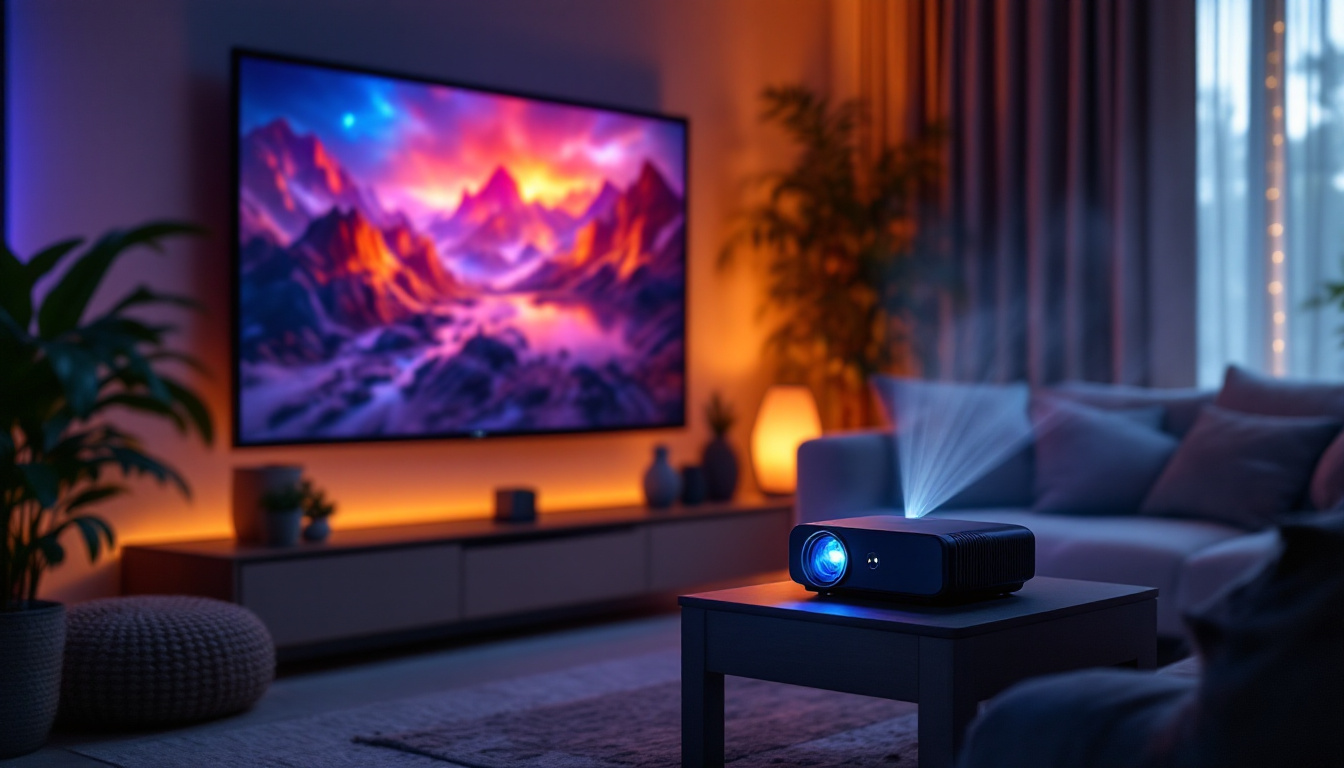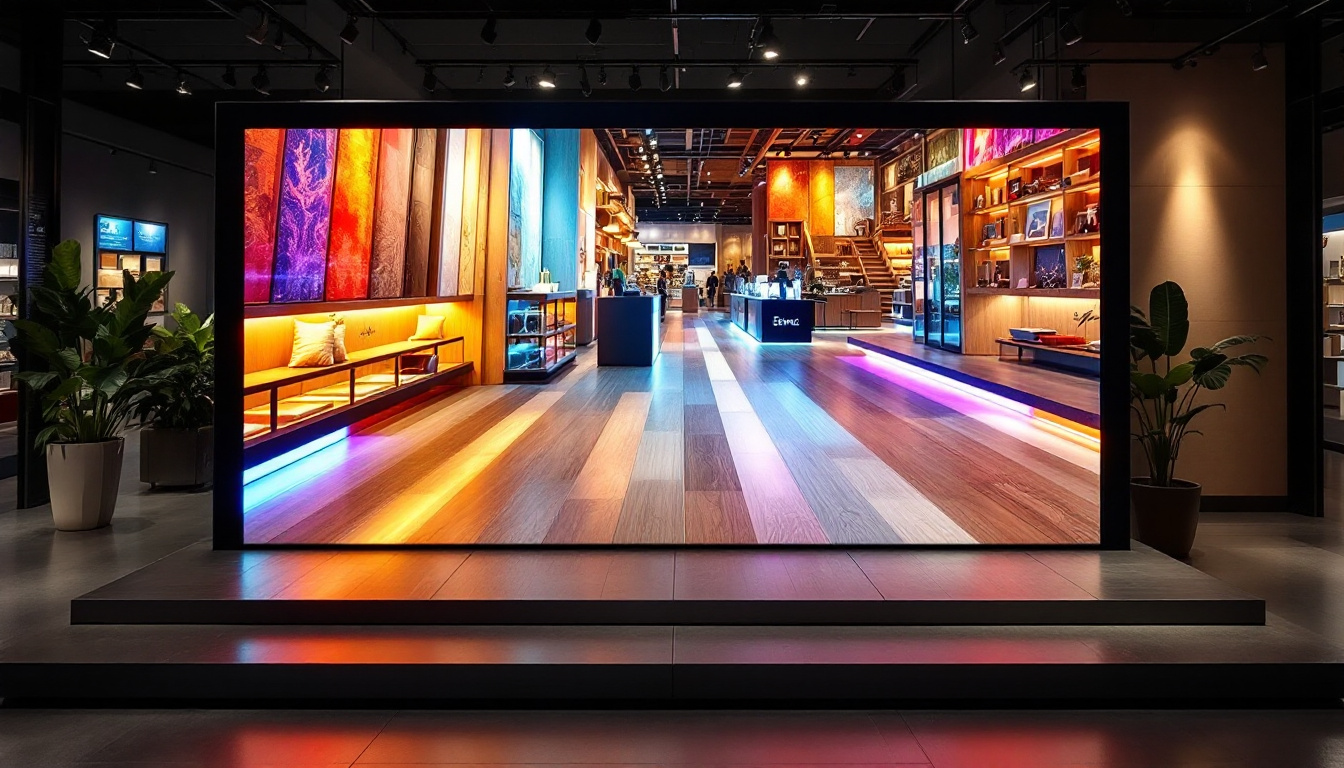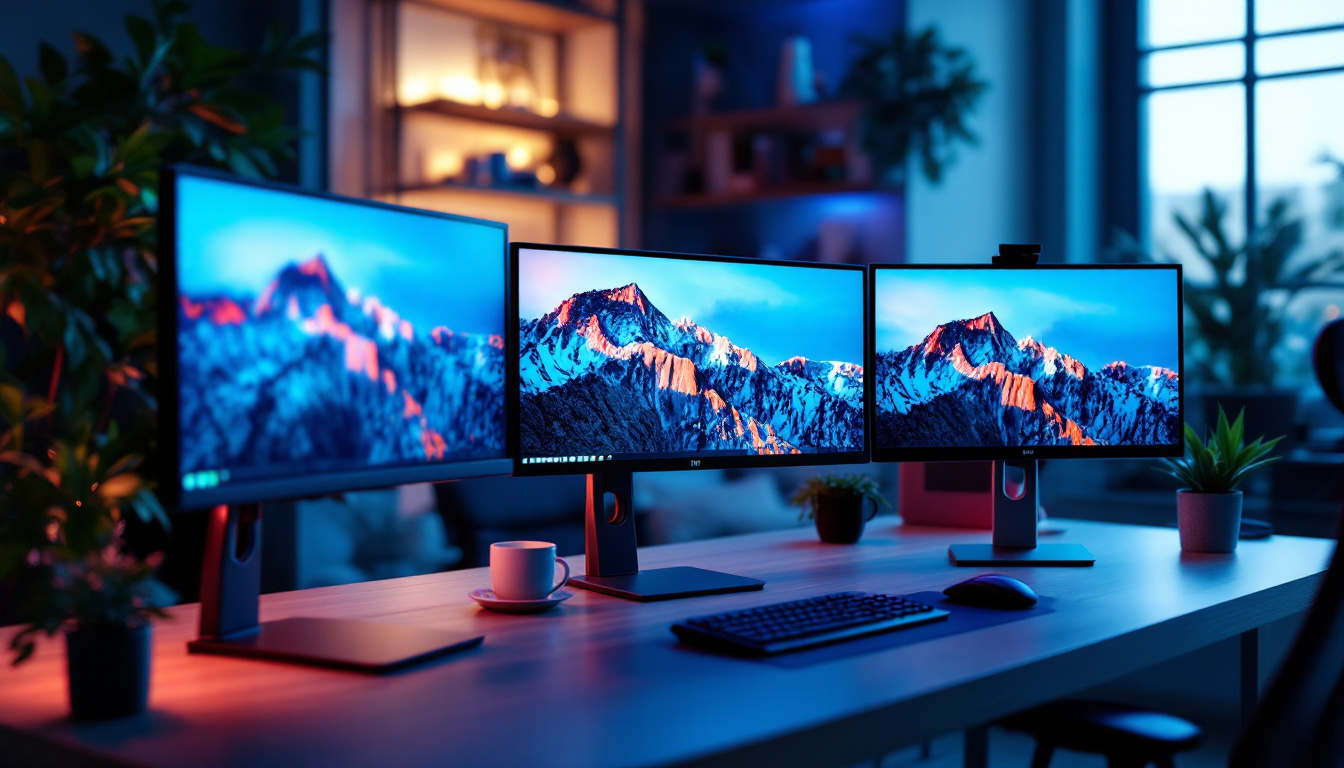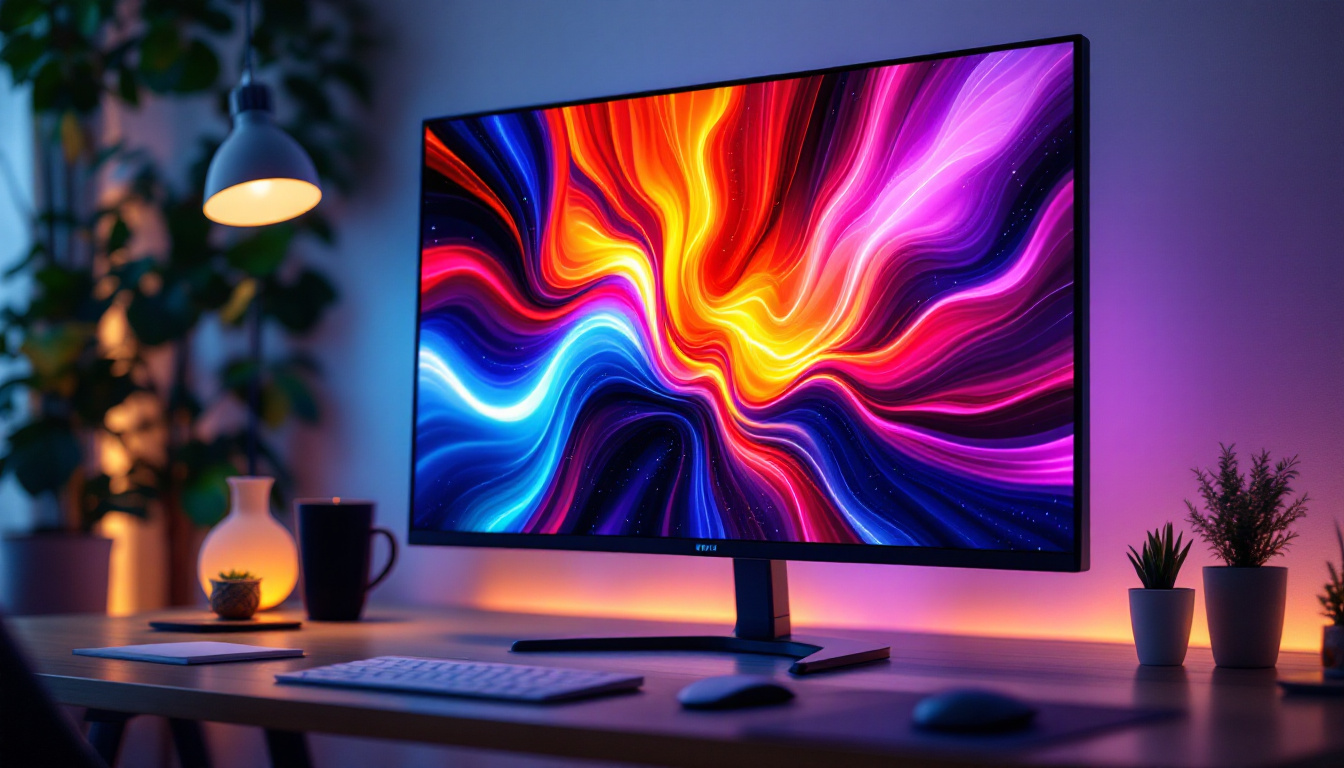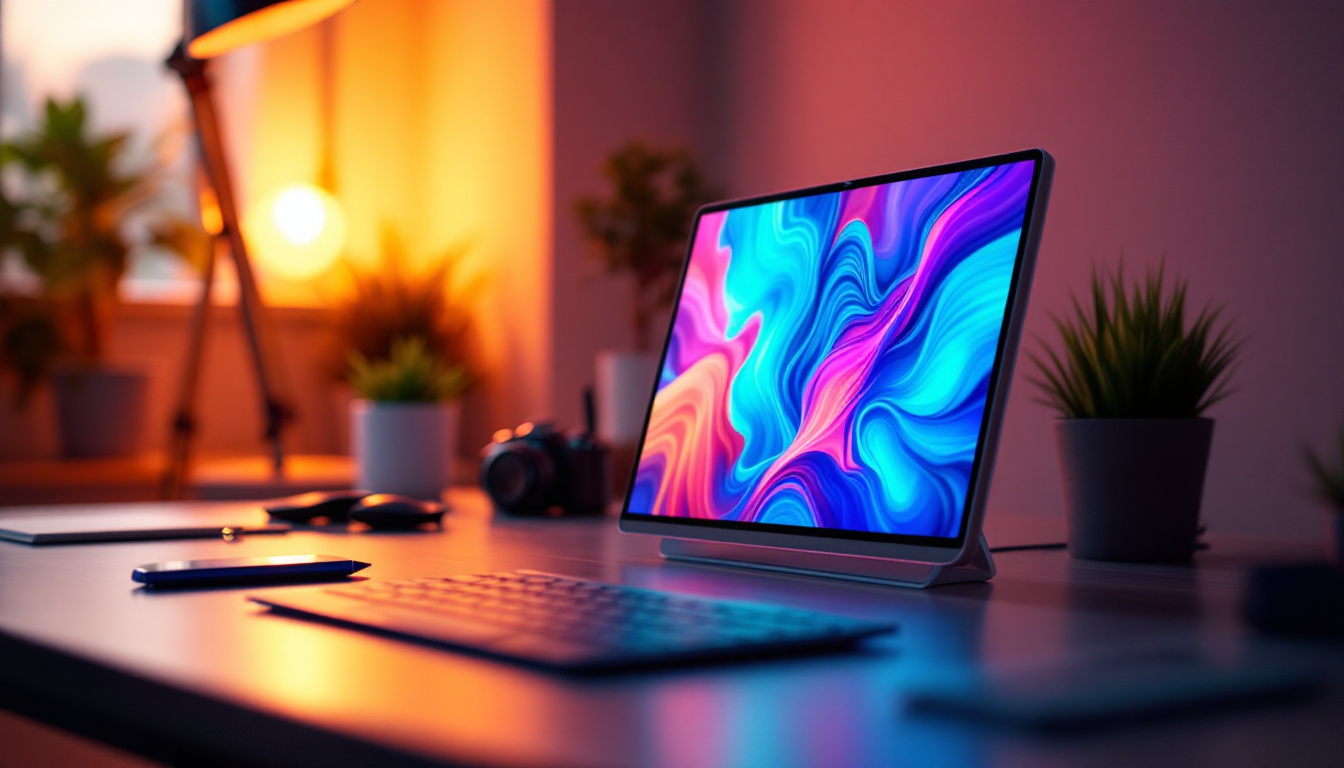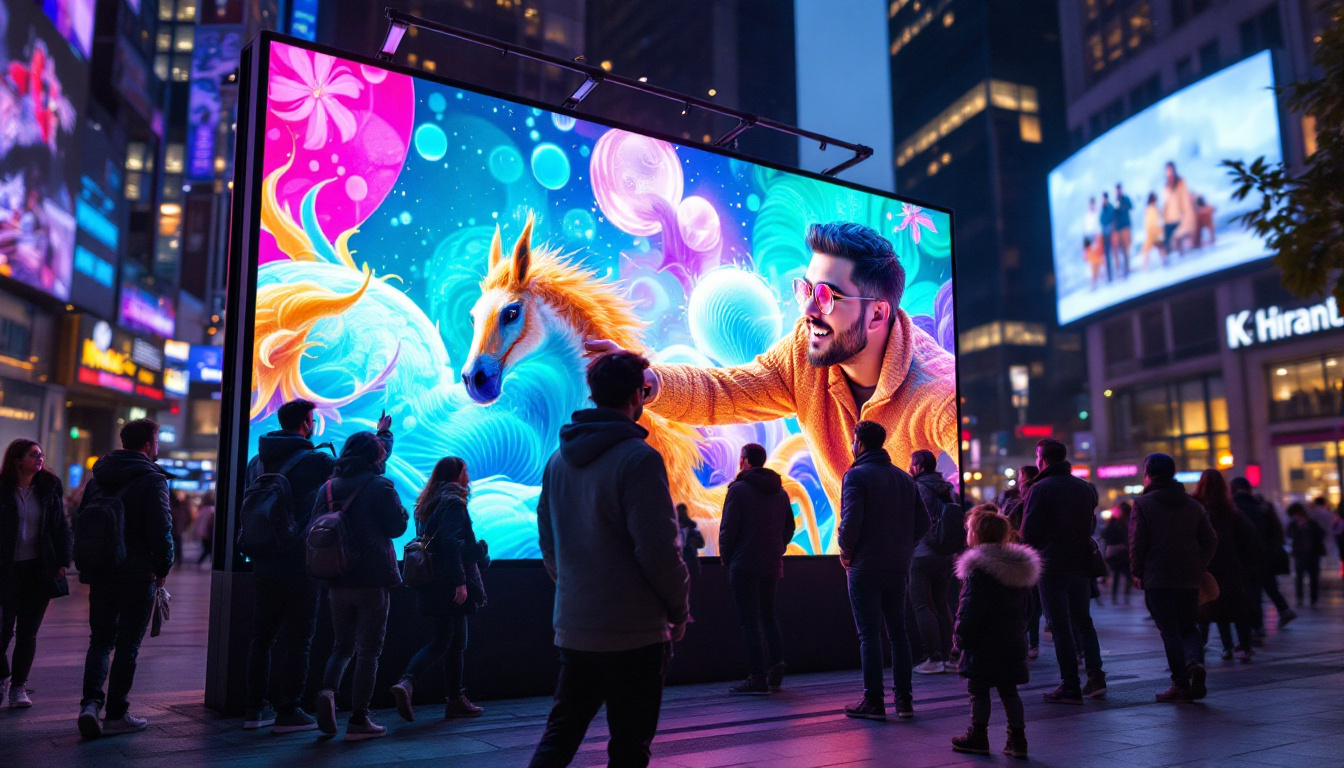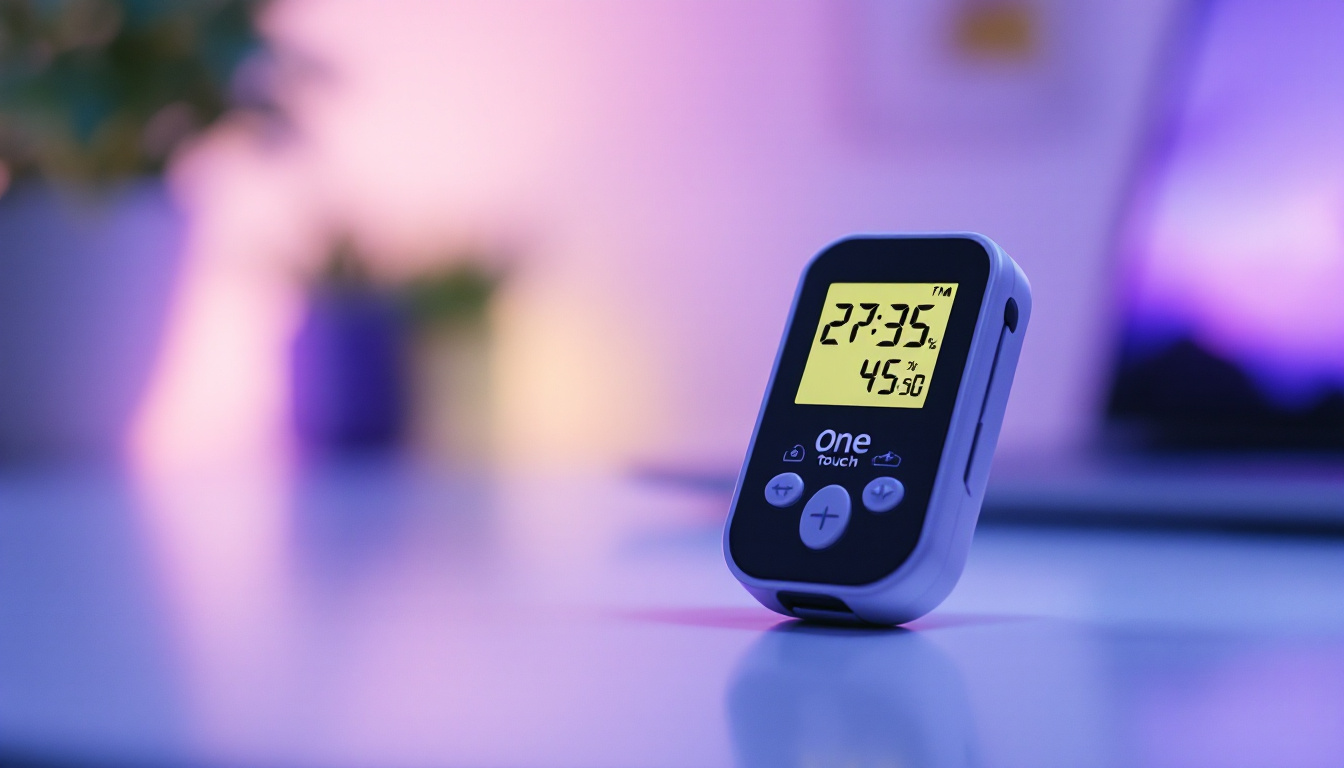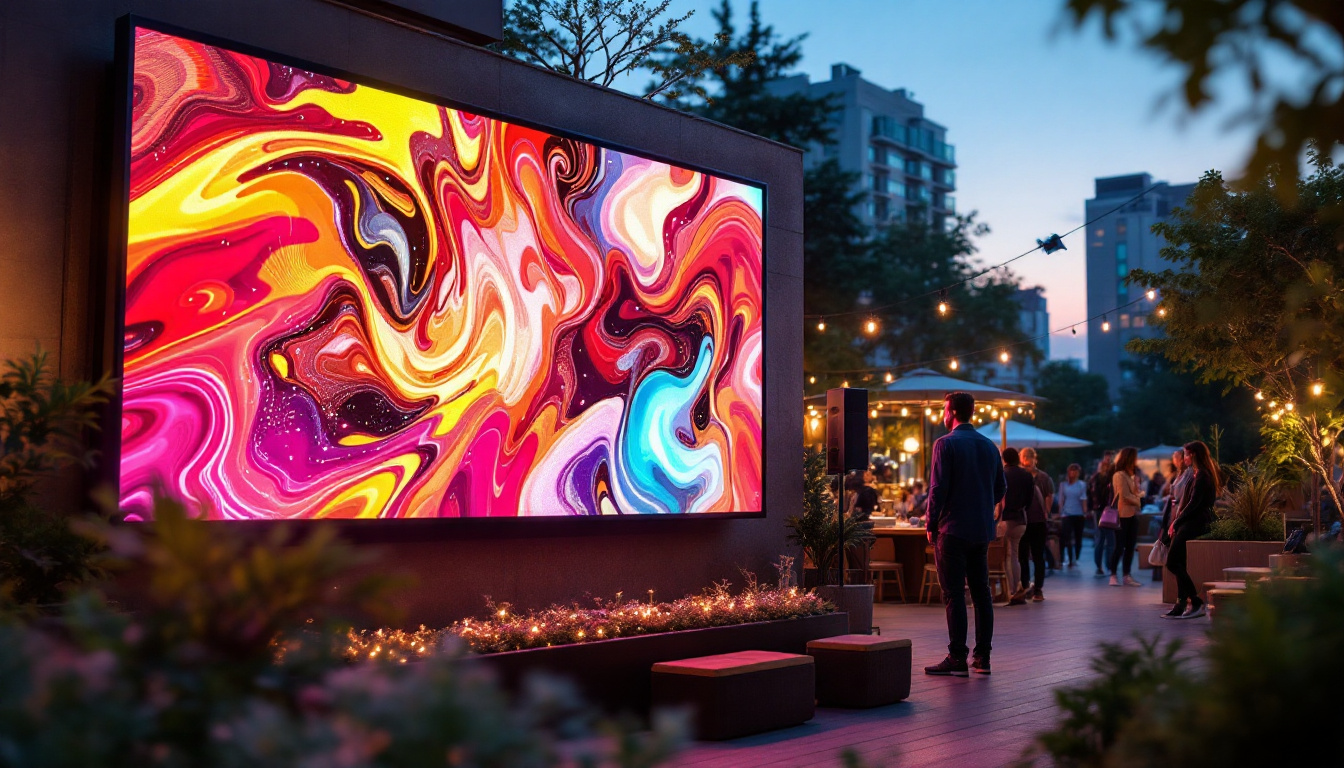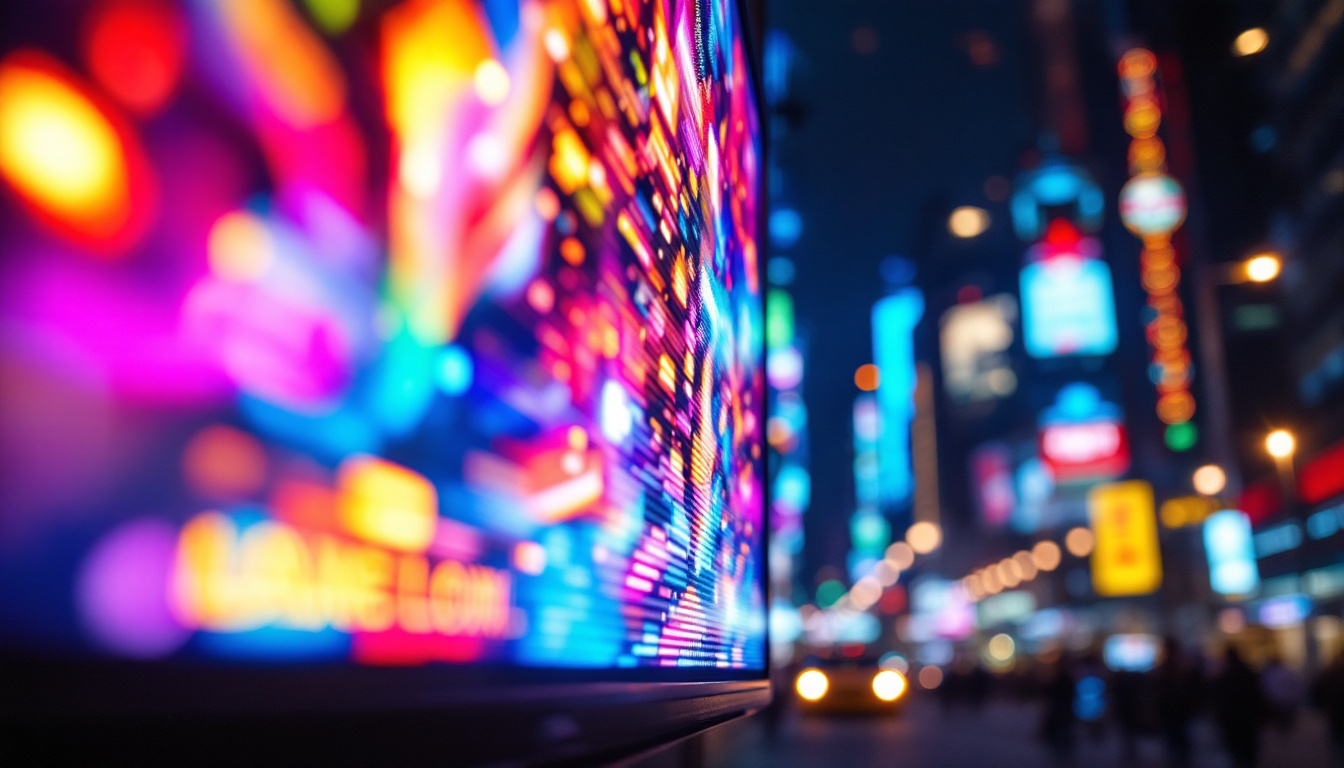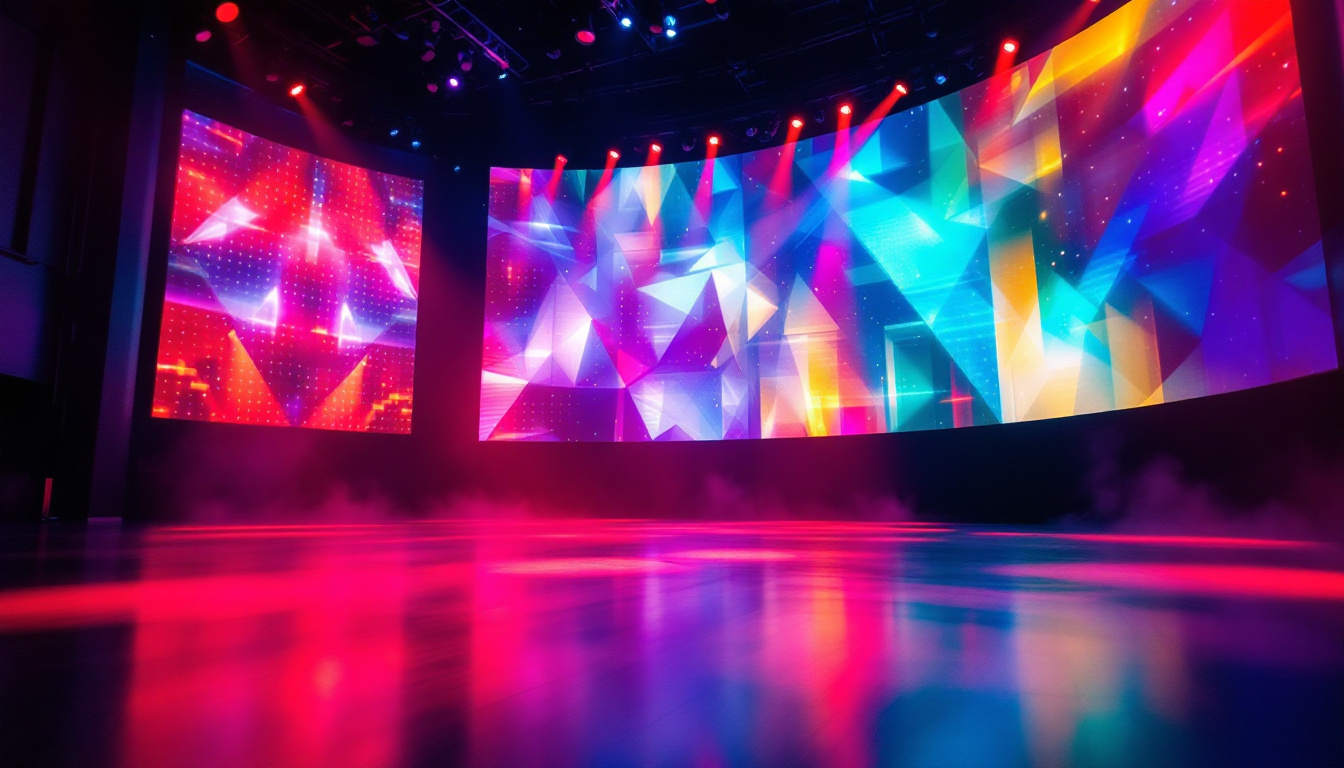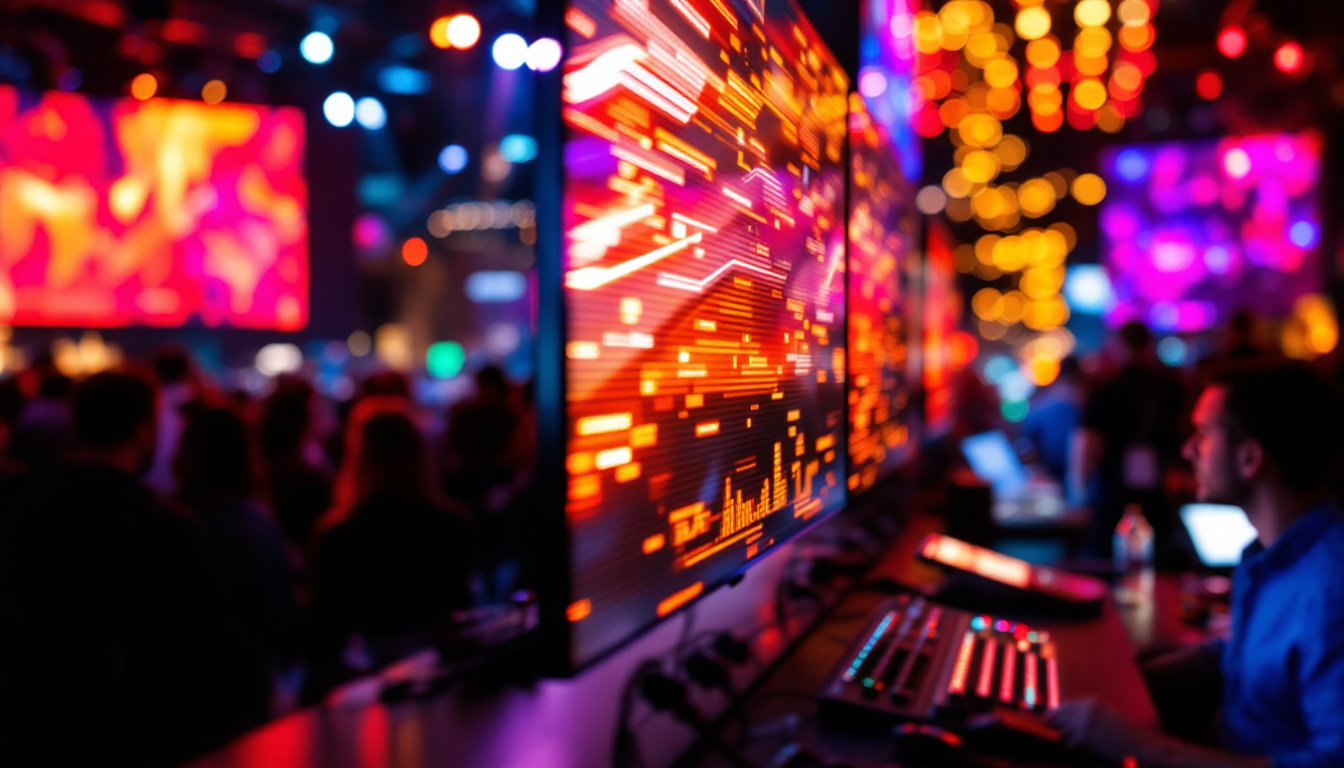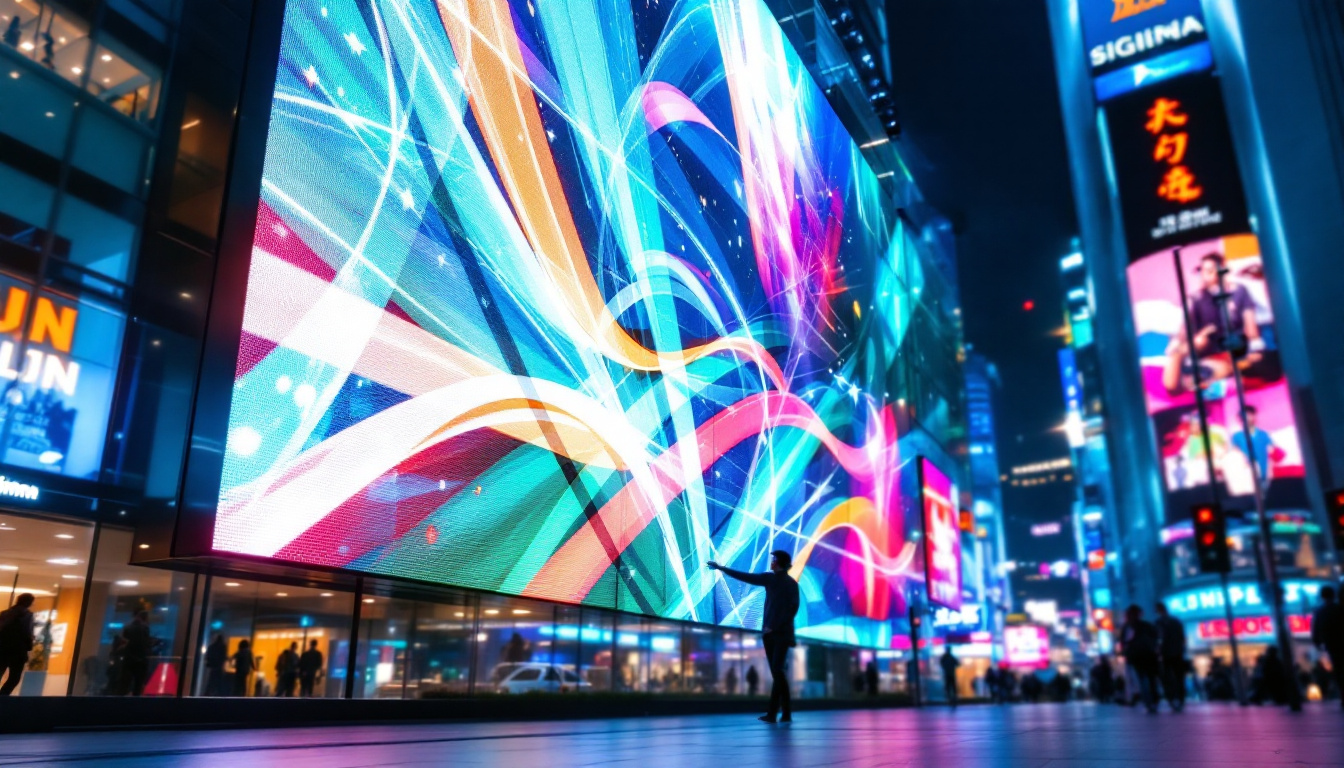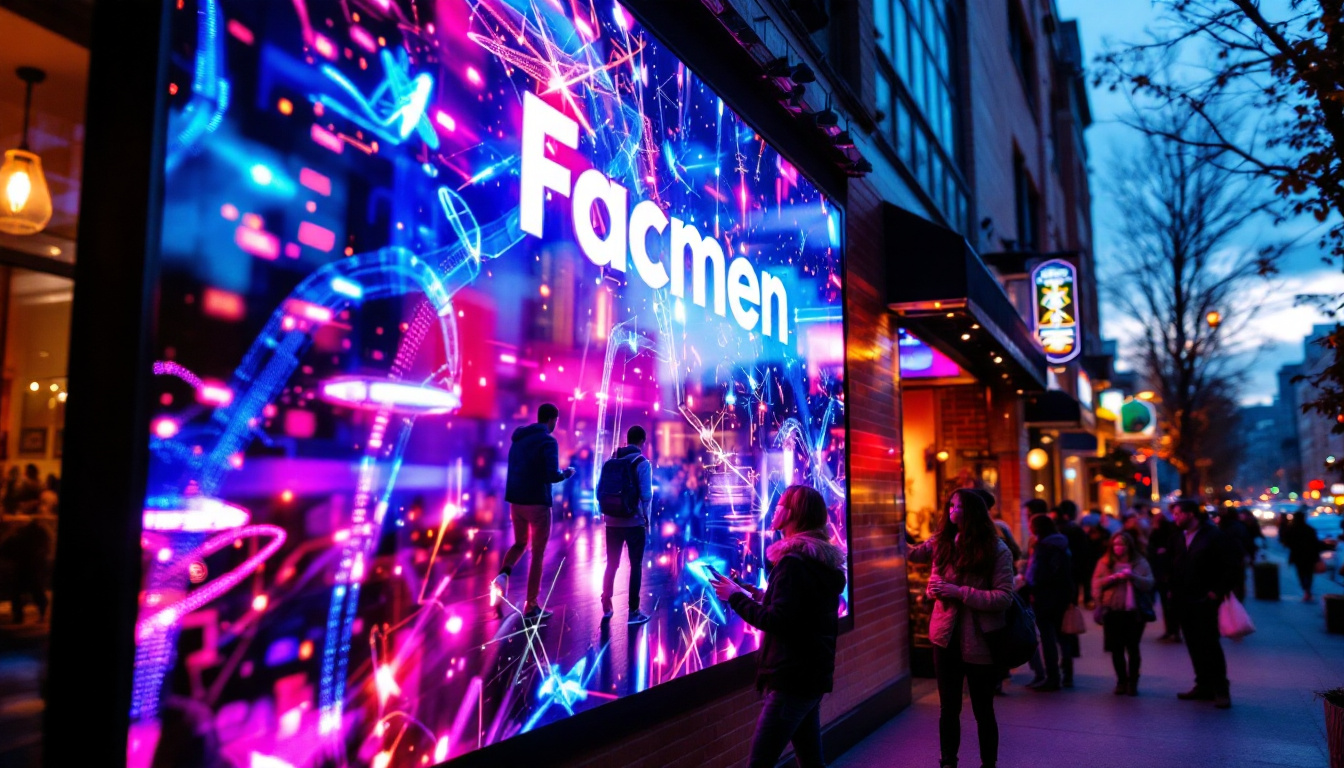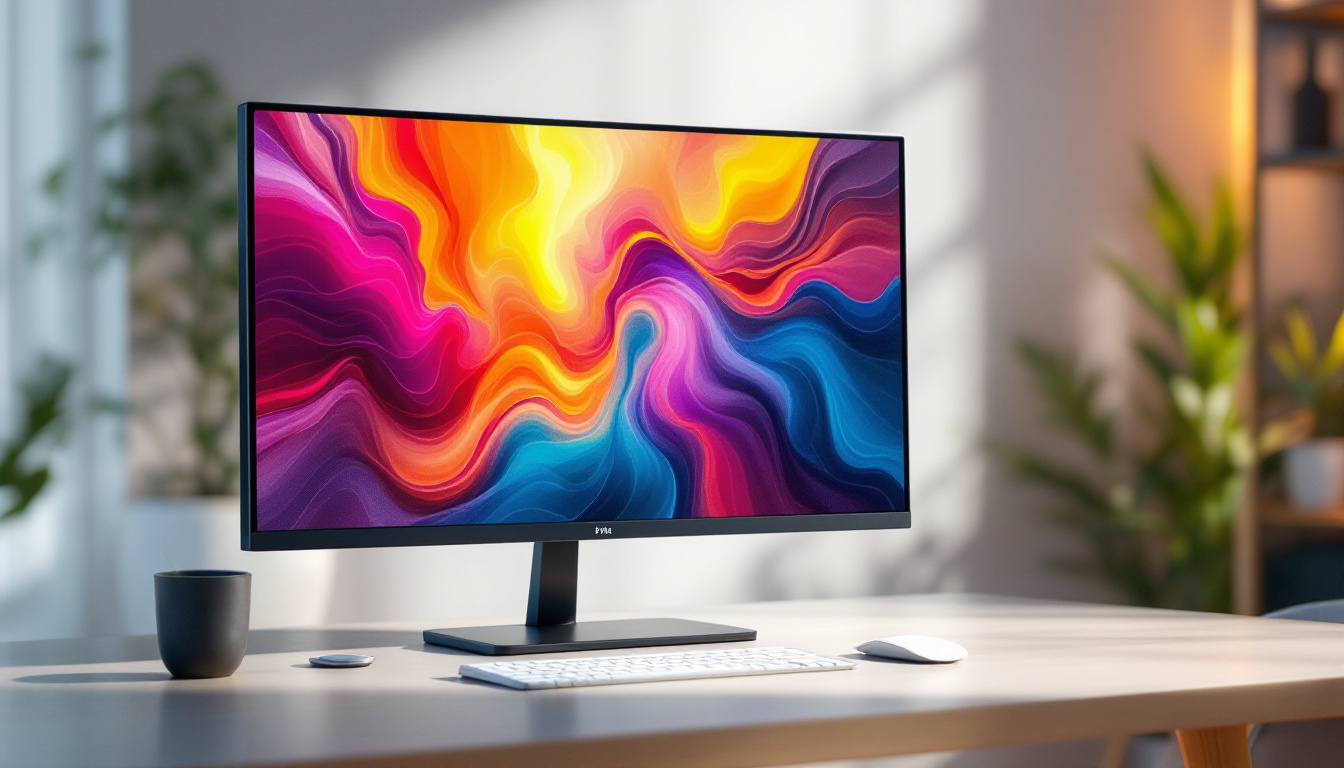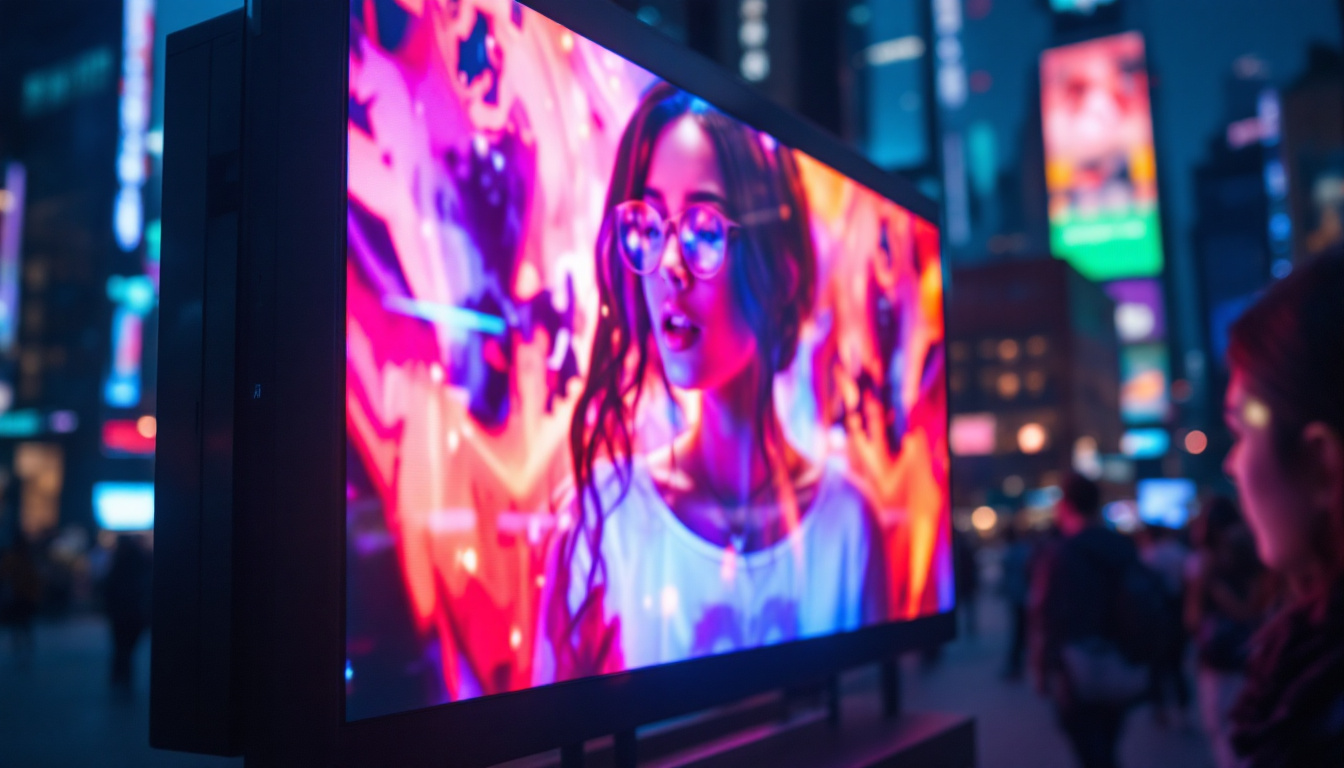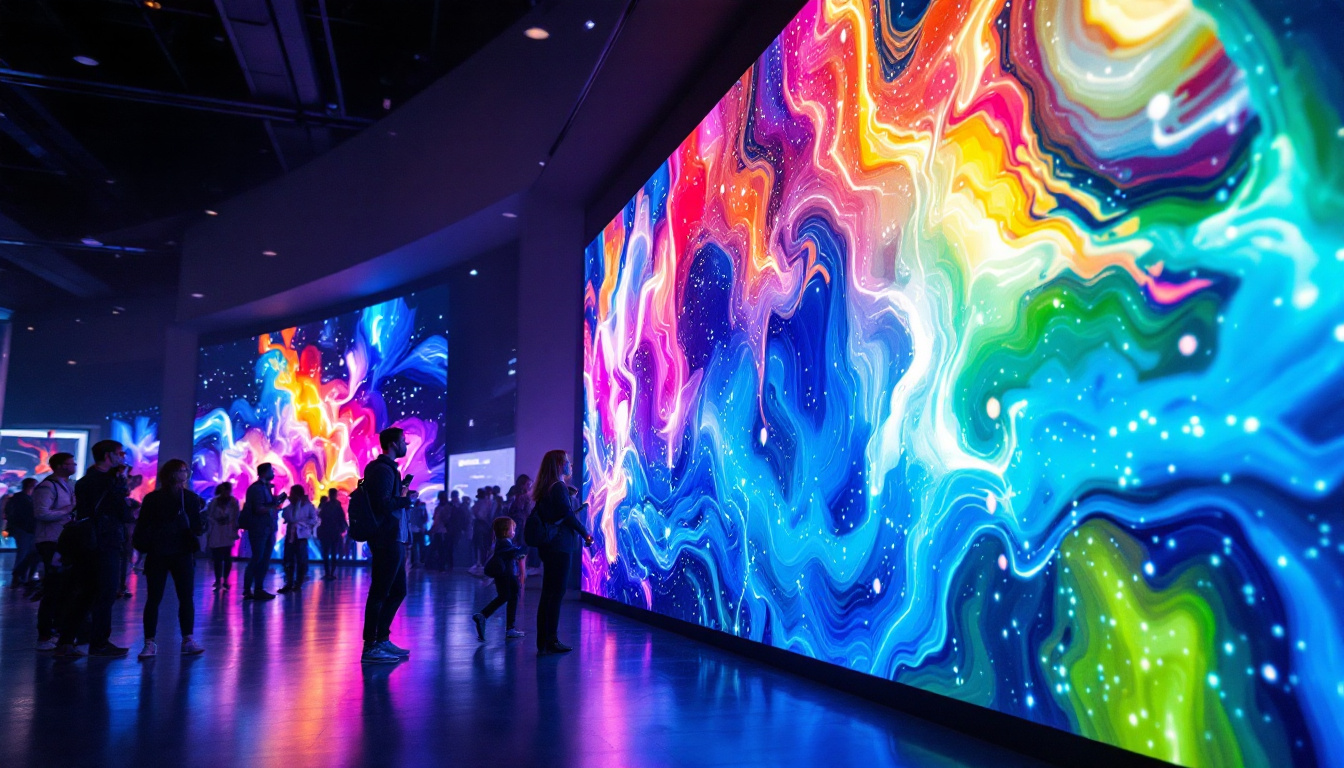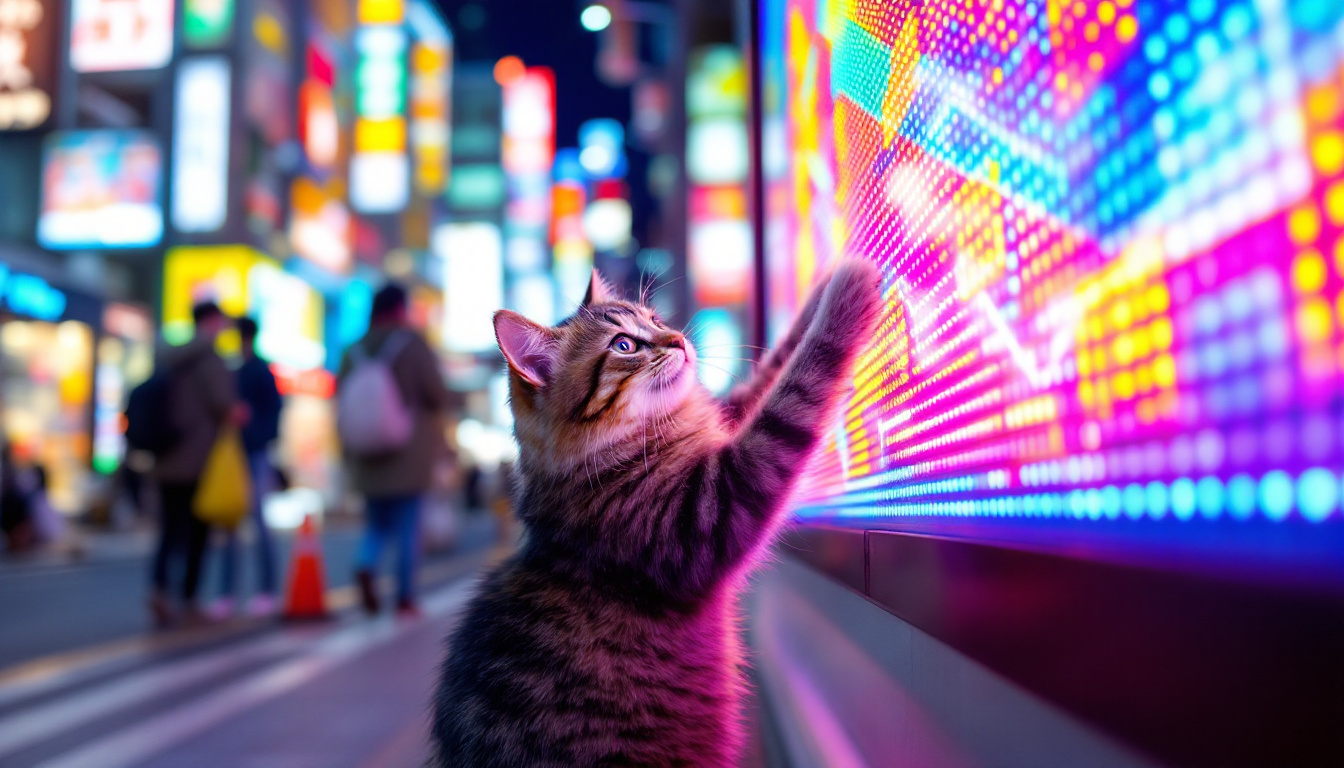Outdoor entertainment has evolved dramatically over the past decade, with technology enabling immersive viewing experiences beyond the confines of a traditional indoor setting. Whether it’s for community movie nights, sports events, concerts, or corporate presentations, the demand for high-quality outdoor displays has surged. Among the various options available, LED displays have emerged as a leading choice, often compared with traditional projector and screen setups. This article explores the nuances of outdoor projectors and screens versus LED displays, focusing on their technology, advantages, limitations, and practical applications.
Understanding Outdoor Projection Systems
The Basics of Projector and Screen Setups
Outdoor projector setups typically consist of a digital projector paired with a large projection screen. The projector casts images onto the screen using a powerful light source, often a lamp or LED-based illumination. These systems are popular for their portability and relatively low cost, making them accessible for casual and semi-professional use.
Modern outdoor projectors often feature high lumen ratings, which measure brightness. For outdoor use, projectors with at least 3,000 to 5,000 lumens are recommended to ensure clear visibility even in ambient light conditions such as dusk or street lighting. The screen itself can be inflatable, fixed-frame, or portable fabric, designed to maximize reflectivity and image clarity. Some screens even come with advanced features such as anti-crease technology and enhanced color fidelity, which can significantly improve the viewing experience, especially for movies and presentations where detail is crucial.
In addition to basic setups, many outdoor projectors now incorporate smart technology, allowing users to connect wirelessly to their devices. This means that you can stream content directly from your smartphone or tablet, eliminating the need for cumbersome cables and making setup even more convenient. Furthermore, some projectors come with built-in speakers, which can enhance the overall experience, although for larger gatherings, external sound systems are often recommended to ensure everyone can hear clearly.
Advantages of Outdoor Projector and Screen Systems
One of the key benefits of projector and screen setups is their flexibility. They can be scaled to various sizes, from small backyard movie nights to large public events. Additionally, projectors are generally lighter and easier to transport compared to LED panels, which can be bulky and require more complex installation.
Moreover, projectors can display content from multiple sources, including laptops, Blu-ray players, streaming devices, and gaming consoles, making them versatile for different types of media. The cost per square foot of image size tends to be lower than LED displays, especially for very large screens. This affordability makes them an attractive option for community events, outdoor cinemas, and even corporate functions where budget constraints are a consideration. With the right setup, you can create a cinematic experience under the stars, complete with popcorn and blankets, transforming any outdoor space into a memorable venue.
Another advantage is the immersive experience that outdoor projection can provide. The vastness of the open sky and the natural surroundings can enhance the viewing experience, making it feel more engaging than a traditional indoor theater. Many people find that the combination of fresh air, nature sounds, and the excitement of being outdoors adds a unique atmosphere to movie nights or presentations, fostering a sense of community and shared enjoyment among viewers.
Limitations and Challenges
Despite their advantages, outdoor projectors face significant challenges. Image quality can be heavily affected by ambient light, weather conditions, and the quality of the projection surface. Even the best projectors struggle to maintain vibrant colors and sharpness in bright environments.
Additionally, setup can be time-consuming, requiring careful alignment, focus adjustments, and securing the screen against wind. Projectors also tend to have shorter lamp life and may require frequent maintenance or lamp replacements, adding to long-term costs. Users must also be mindful of the power requirements, as outdoor events may necessitate generators or long extension cords, which can complicate logistics. Furthermore, the need for a stable internet connection can be a hurdle for streaming content, especially in remote areas where Wi-Fi access is limited or unreliable.
Weather can also pose a significant risk to outdoor setups. Rain, wind, and even extreme temperatures can affect both the projector and the screen, leading to potential damage or subpar performance. As a result, it’s essential to have contingency plans in place, such as portable shelters or tarps, to protect your equipment and ensure a successful event, regardless of the elements. Proper planning and preparation can mitigate these risks, allowing you to enjoy the benefits of outdoor projection systems to the fullest.
Exploring LED Display Technology for Outdoor Use
What Are Outdoor LED Displays?
LED (Light Emitting Diode) displays consist of an array of tiny LEDs that emit light directly, forming images without the need for a separate light source or projection surface. Outdoor LED displays are designed with weatherproofing and brightness enhancements to withstand environmental challenges and provide clear visibility even in direct sunlight.
These displays are modular, allowing for flexible sizes and aspect ratios. They are commonly used for advertising billboards, sports stadium screens, public information boards, and increasingly for outdoor entertainment events.
Brightness and Visibility Advantages
One of the most significant advantages of LED displays is their superior brightness. Outdoor LED screens can reach brightness levels of 5,000 to 10,000 nits or more, far exceeding typical projector brightness. This makes them highly visible even in broad daylight, a critical factor for outdoor applications.
Additionally, LEDs provide excellent color accuracy and contrast ratios, resulting in vibrant and sharp images. The direct emission of light from each pixel eliminates issues like image washout or distortion caused by ambient light, which are common in projector setups.
Durability and Maintenance
Outdoor LED displays are engineered to be robust and weather-resistant, often rated with IP65 or higher for protection against dust and water. This durability reduces the risk of damage from rain, wind, or temperature fluctuations, making them suitable for permanent or semi-permanent installations.
While LED panels require an initial investment that can be higher than projectors, their lifespan is longer—often exceeding 100,000 hours of operation—and they demand less frequent maintenance. This can translate to lower total cost of ownership over time, especially for commercial or high-usage scenarios.
Comparing Projector and LED Display for Outdoor Applications
Cost Considerations
Cost is a critical factor when choosing between a projector and an LED display for outdoor use. Entry-level projectors and screens can be acquired for a few hundred to a few thousand dollars, depending on size and specifications. This makes them attractive for occasional use or smaller-scale events.
In contrast, outdoor LED displays typically require a larger upfront investment, often ranging from $10,000 to $100,000 or more depending on size, resolution, and features. However, this cost is offset by their longevity, lower maintenance needs, and superior performance in bright environments.
Image Quality and Viewing Experience
For audiences, image quality is paramount. LED displays deliver consistent brightness and vivid colors regardless of ambient light, making them ideal for daytime events or locations with high light pollution. Their wide viewing angles ensure that large crowds can enjoy the content without color shifting or dimming.
Projectors, while capable of high resolution and good color reproduction in controlled lighting, often struggle outdoors during daylight hours. They perform best at night or in shaded areas, where their image quality can shine without competing with sunlight.
Installation and Portability
Projectors and screens are generally more portable and easier to set up for temporary events. Inflatable screens and compact projectors can be transported in a car and assembled by a small team within an hour or two. This makes them well-suited for community events, backyard movie nights, or pop-up cinemas.
LED displays, due to their modular construction and weight, require more extensive installation efforts. They often need professional assembly, electrical connections, and structural support. While some LED displays are designed for rental and touring, the process is more complex and resource-intensive than projector setups.
Practical Use Cases and Recommendations
When to Choose a Projector and Screen
Projector and screen setups are ideal for those seeking an affordable, flexible solution for occasional outdoor viewing. Backyard movie nights, small festivals, school events, and private parties benefit from the portability and ease of use that projectors offer.
They are also suitable when the viewing environment can be controlled to minimize ambient light, such as after sunset or in shaded outdoor venues. For users prioritizing cost-effectiveness and simplicity, projectors remain a compelling choice.
When to Opt for Outdoor LED Displays
Outdoor LED displays are best suited for professional applications requiring high visibility and durability. Sports arenas, concert venues, advertising billboards, and large public gatherings benefit from the brightness, image quality, and weather resistance of LED technology.
Organizations planning permanent or long-term installations will find LED displays a worthwhile investment due to their longevity and low maintenance. Additionally, LED screens support dynamic content such as live video feeds, animations, and interactive elements, enhancing audience engagement.
Hybrid Approaches and Emerging Trends
Some event organizers and venues employ hybrid solutions, using LED displays for main content delivery and projectors for supplementary or artistic visuals. This approach leverages the strengths of both technologies to create versatile and immersive experiences.
Emerging trends include the integration of 4K and 8K resolution LED panels, improved energy efficiency, and smart control systems that allow remote content management and real-time adjustments. These advances continue to expand the capabilities and applications of outdoor display technology.
Conclusion: Making the Right Choice for Outdoor Viewing
Choosing between a projector and screen setup or an outdoor LED display depends on several factors including budget, intended use, environmental conditions, and audience size. Projectors offer affordability and portability, making them suitable for casual and temporary events, especially in low-light conditions.
Conversely, LED displays provide unmatched brightness, durability, and image quality, ideal for professional, large-scale, or permanent outdoor installations. Understanding the strengths and limitations of each technology enables event planners, businesses, and enthusiasts to deliver compelling outdoor viewing experiences tailored to their specific needs.
As outdoor entertainment continues to grow in popularity, staying informed about the latest developments in projection and LED display technology will ensure the best possible outcomes for any event or installation.
Discover LumenMatrix’s Advanced LED Display Solutions
Ready to elevate your outdoor viewing experience with unparalleled brightness, durability, and image quality? LumenMatrix is at the forefront of LED display innovation, offering a diverse range of solutions tailored to meet your needs. From captivating Indoor and Outdoor LED Wall Displays to dynamic Vehicle and Sports LED Displays, our technology is designed to create immersive visual experiences that engage and inspire. Explore our cutting-edge LED Poster Displays, Floor LED Displays, Custom LED solutions, and more to discover how LumenMatrix can transform your visual communication. Check out LumenMatrix LED Display Solutions today and step into the future of outdoor entertainment.

